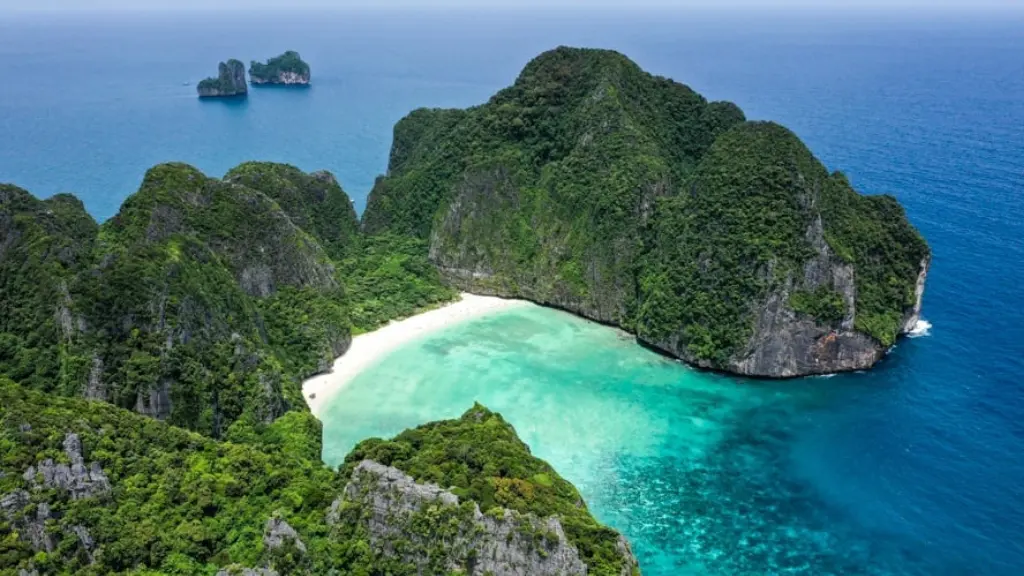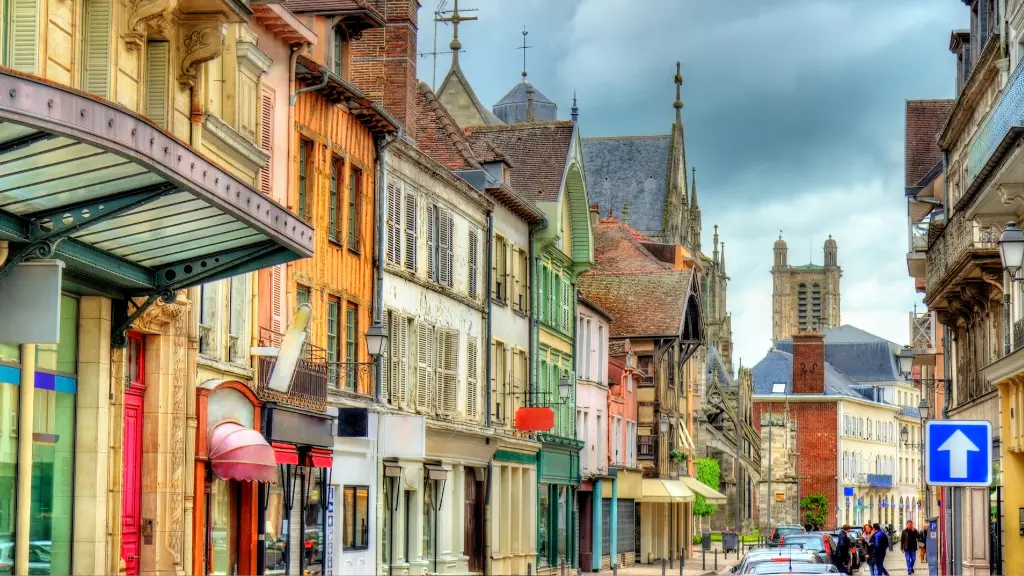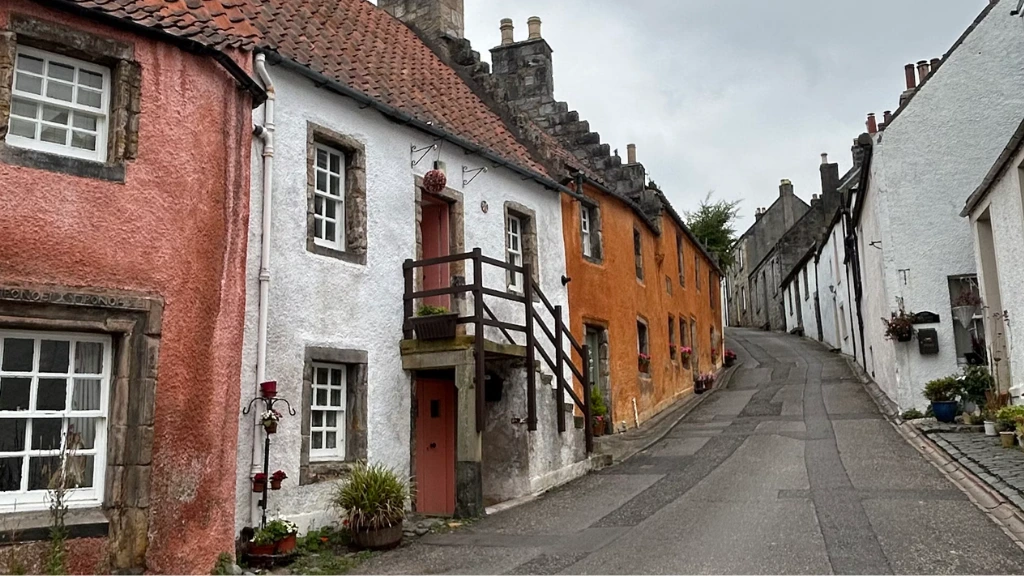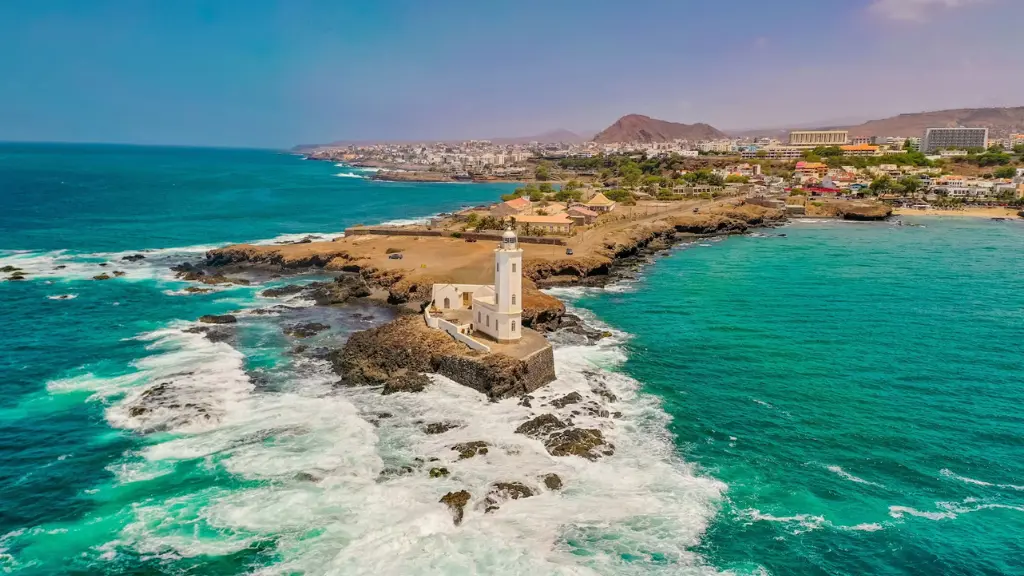After a long period of closure, Maya Bay, one of Thailand’s most famous beaches, has reopened for visitors. Located on the island of Phi Phi Leh, Maya Bay is renowned for its crystal-clear waters, dramatic limestone cliffs, and soft white sand. Made famous by Leonardo DiCaprio’s 2000 movie The Beach, it quickly became a must-see destination for travelers, only to face significant environmental damage from over tourism.
Thanks to a robust conservation effort, Maya Bay has made a stunning comeback, and it’s once again welcoming visitors—this time with stricter rules to protect its fragile ecosystem.
If you’re planning a trip to Thailand, here’s everything you need to know about visiting Maya Bay and how to make the most of your trip to this iconic paradise while ensuring it remains preserved for future generations.
You May Also Like: 10-Day Morocco Itinerary: From the Streets of Marrakesh to the Peaks of Mount Toubkal
1. Why Maya Bay Was Closed and What’s Changed
Maya Bay closed in 2018 due to the massive environmental impact caused by an influx of tourists. More than 5,000 visitors per day led to severe coral reef degradation, erosion of the beach, and the destruction of marine life. The Thai government stepped in to halt tourism and allow the bay’s natural resources to recover.
During its closure, extensive restoration efforts took place. Coral nurseries were established to help rejuvenate the reef, and marine life, including blacktip reef sharks, began to thrive again in the absence of boats and tourists.
What’s new?
- Strict Visitor Limits: To avoid further damage, visitor numbers are now limited to around 300 people at a time. Booking in advance or arriving early ensures you can access the beach.
- No Boats in the Bay: To protect the coral, boats are no longer allowed to dock in Maya Bay. Instead, they now drop visitors off at the nearby Loh Samah Bay, from which you can walk to Maya Bay.
- Shorter Stay Times: Visitors can now spend a maximum of one hour on the beach to reduce strain on the ecosystem.
- No Swimming Allowed: To allow marine life to thrive, swimming in the bay is prohibited, but you can enjoy stunning views and wade in shallow waters.
2. How to Get to Maya Bay
Maya Bay is located on Phi Phi Leh, an uninhabited island in the Phi Phi Islands archipelago. The only way to reach it is by boat, typically from Phi Phi Don, Phuket, or Krabi. Here are the common ways to get there:
- Longtail Boat from Phi Phi Don: The closest inhabited island to Maya Bay is Phi Phi Don, where you can hire a longtail boat for a private or group tour. It’s a 20-30 minute ride to Phi Phi Leh, making it one of the most popular and flexible options.
- Speedboat from Phuket or Krabi: If you’re staying in Phuket or Krabi, you can book a speedboat tour that includes Maya Bay as part of a full-day itinerary. These trips usually include stops at other Phi Phi highlights like Viking Cave, Pileh Lagoon, and Monkey Beach.
- Private Tours: For a more exclusive experience, you can arrange a private boat tour that gives you more control over your time spent at Maya Bay and other nearby spots.
Regardless of how you arrive, be prepared for a short walk from Loh Samah Bay to Maya Bay via a newly constructed walkway.
3. When is the Best Time to Visit?
The best time to visit Maya Bay is during Thailand’s dry season, which runs from November to April. The seas are calmer, and the weather is ideal for a day of exploration. Avoid the monsoon season from May to October, when rough seas make boat trips more challenging and the beach can be closed.
Arriving early in the morning is also a smart strategy if you want to avoid the crowds and experience the bay in a more serene setting.
4. What to Expect When You Arrive
Once you arrive at Maya Bay, you’ll be greeted by a breathtaking landscape of turquoise waters framed by towering limestone cliffs that seem to rise straight out of the sea. The powdery white sand feels soft underfoot, and the shallow waters offer mesmerizing views of the coral and marine life.
While you’re no longer able to swim in the bay due to conservation efforts, the experience of simply standing on the iconic shore, surrounded by nature’s grandeur, is unforgettable. The bay is a photographer’s dream, so bring your camera or smartphone to capture stunning shots from every angle.
The new boardwalk and improved visitor amenities ensure that you can explore the area comfortably while minimizing your environmental impact.
5. Eco-Friendly Travel Tips for Maya Bay
Given Maya Bay’s fragile ecosystem, it’s crucial to adopt sustainable travel practices to help preserve its beauty:
- Avoid Single-Use Plastics: Bring a reusable water bottle and avoid littering the beach or surrounding areas.
- Stick to Designated Paths: Walking on sand dunes or unauthorized areas can cause erosion and disrupt plant life, so stay on the marked trails.
- Respect Wildlife: Keep a safe distance from marine life, especially the blacktip reef sharks that have returned to the bay. They play an essential role in the local ecosystem, and disturbing them can have lasting effects.
- Support Conservation Efforts: By booking through eco-conscious tour operators, you ensure that a portion of your fees goes toward preserving the bay.
6. Exploring Beyond Maya Bay
While Maya Bay is the star of the show, there’s much more to explore on Phi Phi Leh and the surrounding islands:
- Pileh Lagoon: Just a short boat ride away from Maya Bay, Pileh Lagoon is a stunning emerald-green lagoon surrounded by cliffs. While you can’t swim in Maya Bay, you can dive into the warm waters of Pileh and enjoy a refreshing swim.
- Viking Cave: Located nearby, this cave is famous for its ancient wall paintings and the harvesting of bird’s nests, a delicacy in Chinese culture.
- Monkey Beach: On Phi Phi Don, Monkey Beach is a fun stop where you can spot wild macaques. Just be sure to keep a safe distance as they can be unpredictable.
7. Final Thoughts
With its reopening, Maya Bay is once again a symbol of Thailand’s natural beauty. While visitors can now enjoy its stunning vistas, the introduction of new conservation measures ensures that this paradise will remain protected for future generations. If you plan to visit, remember to travel responsibly and respect the rules, so that Maya Bay can continue to recover and flourish.
By following these guidelines and appreciating the natural wonder that Maya Bay represents, you can enjoy one of the most famous beaches in the world while contributing to its long-term preservation.










